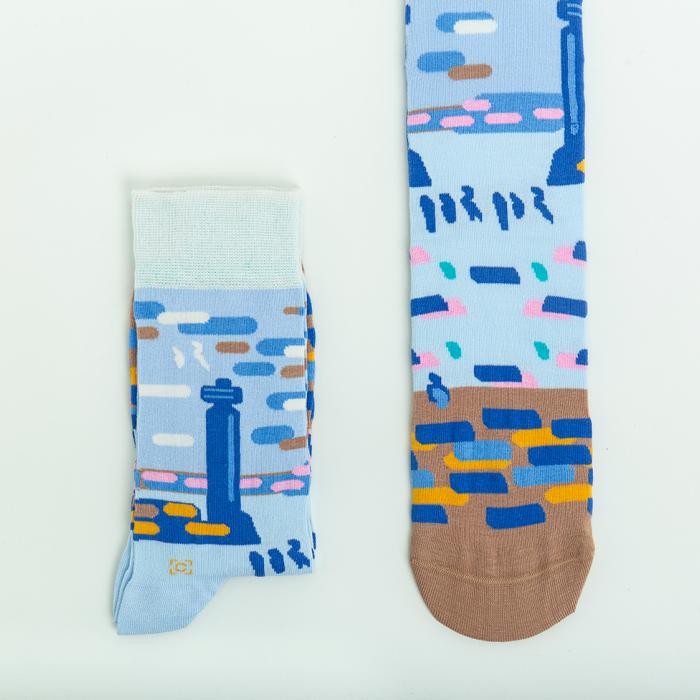Workshops for KS1 link to the National Curriculum and allow you to bring your learning about plants to life. Enthuse your class with a morning experiencing the Botanic Garden in a hands-on way with our expert staff. Workshops are two hours long. We can support your pupils’ science learning in Plants, Living things and Their Habitats, Seasonal Changes and Working Scientifically. We also offer a workshop which supports your work in English and Art and Design.
Our workshops for EYFS are one hour long and will allow your pupils to experience the wonder of the natural world in the beautiful space of the Botanic Garden. You can combine a workshop with spending time in the Garden to picnic or explore on a self-led basis. The workshops support many areas of the EYFS framework, particularly Understanding the World, Literacy and Communication and Language.
This kit contains all the material you will need to make paint using pigments and a medium just as artists did (before ready-mix paint!). You can construct an experiment for students to explore the role of science in both the artist’s and the scientist’s workshop with reference to the technical analysis of the Renaissance painting, Cupid and Psyche by Jacopo del Sellaio. There is material provided with the kit that supports each of the suggested activities below.
Suggested activities
If we look closely, rocks tell us the story of their formation. So, grab your notebook and set out on a mini field trip to find out more about how the formation of a rock reflects its physical properties, and what properties architects look for in a building stone.
About the Session
From an enormous protein structure to plaster casts of chicken heads, students will see models spanning different scientific fields, dating from the 18th century to the 20th. They will learn about the importance of models in scientific investigations and discoveries over time. They will explore molecular models, find out how maps model the world and think about how anatomical models change our perception of the body and medicine.
Duration: Can be booked as:
About the Session
Explore the stories of some of our objects and learn more about working scientifically. Use objects from our collection to observe closely, perform simple tests, classify objects and gather your own data.
There are many different types of volcanoes. Shield volcanoes have a broad rounded shape and gentle splattery eruptions often described as fire fountains. Strato volcanoes are sharp and steep sided and have violent explosive eruptions. But what makes these two types of volcano look and erupt so differently? It is mainly controlled by how think (viscous) or runny the magma in the volcano is...
In this experiment you can use 3 different thickness (viscosity) liquids to see what differences runny or thick magma can cause in volcanoes.
Volcanic eruptions are driven by gas dissolved in molten rock (magma) underground trying to escape upwards. But what happens if the gas gets trapped and can't get out?
In this experiment you can trap more and more gas in a sealed container, in the same way gas can get trapped in a volcano, and see what happens...
Download the instructions and information sheet.
Volcanoes form when hot molten rock (magma) under the ground erupts at the surface, but what causes the molten rock to erupt? Eruptions are often driven by gases escaping…
In this experiment you can start a chemical reaction that creates a gas, and see how the gas escaping drives an eruption.
This experiment and video was devised by the Volcano Seismology group in the Earth Science Department, University of Cambridge.
Download the instructions and information sheet.
We offer facilitated workshops and self-led visits. There is no charge for our school sessions, but we welcome donations to support the Museum learning programme (recommended donation of £3 per child). Get in touch with the Museum Education Coordinator to discus your visit museumeducation@esc.cam.ac.uk
Self-led visits
Led by you, available all day Monday – Friday during term time.

